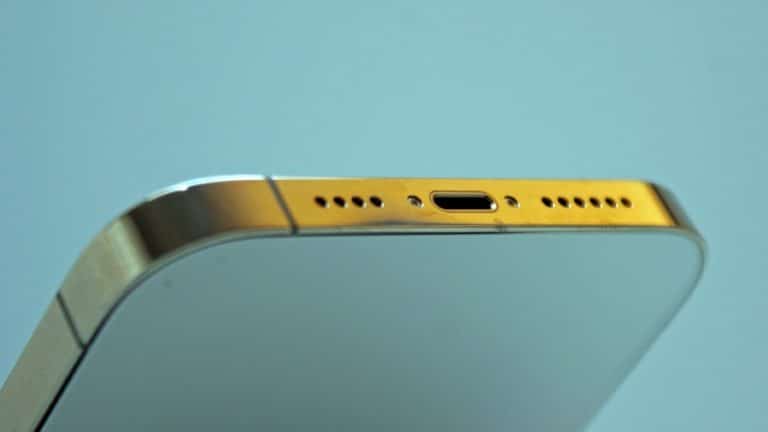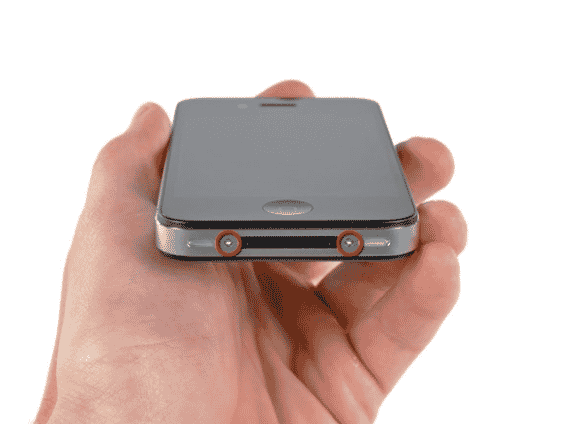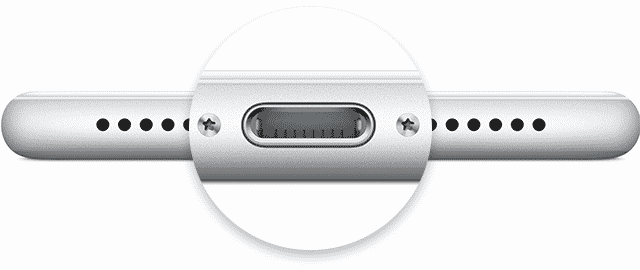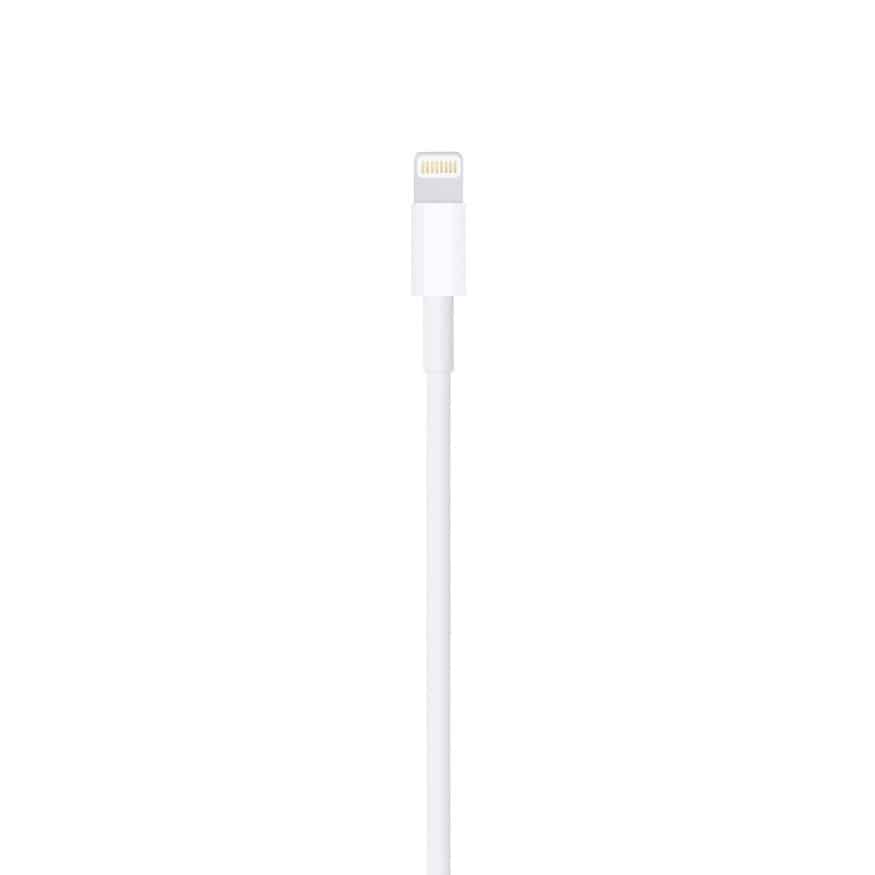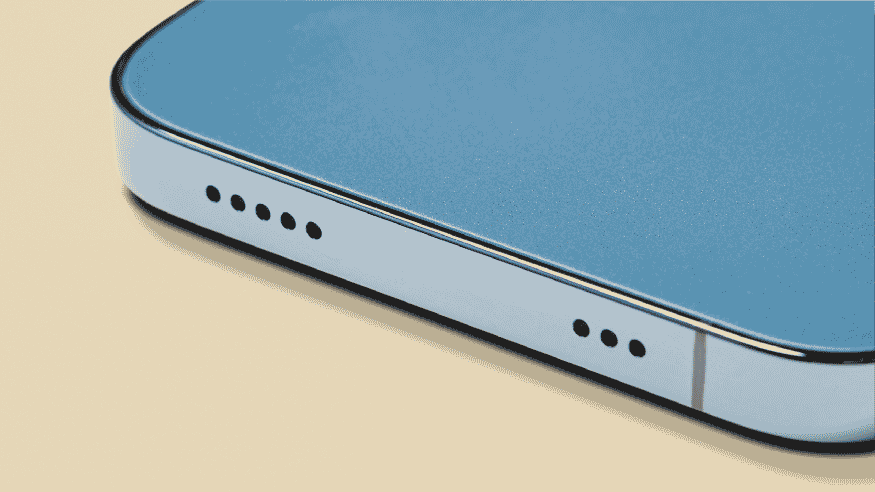Most electronics firms utilized USB ports to charge their products in the past. When it pertains to Apple, it’s a little more complex than the rest of the industry. Have you ever wondered why Apple’s iPhones don’t employ USB-C type? My story will help you understand what’s going on in their mind.
Let’s Travel Back To The Past
First, let’s rewind to 2011, when major tech firms, such as Apple, were actively focusing on USB-C development. As if that wasn’t enough, the tech giant was also experimenting on a prototype iPhone 5 that was slimmer than its recent predecessor. As you remember, the iPhone 4, as well as 4S’s charging ports, were pretty large. As a result, Apple had to design a new charging connector that was both slimmer and more compact.
iPhone 5 was expected to be released in 2012, whereas USB-C was expected to be released two years later. So, clearly, Apple couldn’t utilize the USB-C port on its iPhone 5, however, the business had two options: either preserve the old charging port, which appears unsightly and doesn’t match in a redesign or invent a new charging system.
When it came to designing a Lightning port, Apple went with option 2. It was a smart move on the part of the corporation since it enabled Apple to strengthen its ecosystem. Apple doesn’t utilize the USB-C type because of this. It’s likely that you’re asking, “How about the iPhone 6/7/8?”
Apple Didn’t Follow Suit
After the USB-C type was released in 2014, practically all manufacturers began developing products with USB-C charging ports, excluding Apple! After two years, people may be upset if Apple switches to USB-C charging ports for the second time in two years as they did in 2012. Consequently, Apple has made the conscious decision to continue using the Lightning port.
In time, Apple produced a slew of new devices, including the iPad, iPad 2, AirPods, Magic Mouse, and AirPods Pro. Apple was obliged to utilize the very same charger for other gadgets because AirPods and iPhones are meant to function together. Other Apple devices, such as the MacBook Pro, MacBook Air, and the Mac Pro also employ USB-C ports. Has Apple made up its mind to use USB-C instead of Lightning? No, that’s the quick answer. Here’s the reason…
In the future, all iPhones will be charged wirelessly, eliminating the need for a cable. MagSafe, Apple’s wireless charging technology, provides advantages for both consumers and devices. In order to avoid any harm to the iPhone, this technology will be a better choice than wired charging since it doesn’t need the consumer to attach the cord every time. Assuming there was no charging port, this is what an iPhone might feel like:
Finally, as you can see, the tech giant did not create a new sort of charger on purpose, but the business was left with no other alternative in the matter. The company’s ecosystem, in my opinion, has benefited from this decision.

